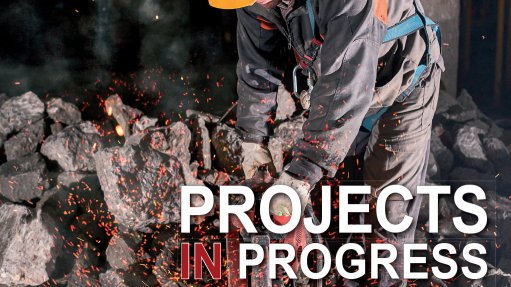
South Africa has made investment, especially investment in infrastructure, a key priority as it desperately seeks to reignite growth and spur employment creation through the Economic Reconstruction and Recovery Plan.
It is one thing prioritising investment, but quite another making it happen, particularly given global and domestic headwinds.
Globally, the ongoing pandemic, rising inflation, an intensifying climate crisis and a growing number of conflicts, epitomised by, but definitely not limited to, Russia’s invasion of Ukraine, are all undermining the allocation of capital to developing economies.
Domestically, the microeconomic reforms that are viewed as so crucial to unblocking investment in energy, logistics and digital infrastructure are either progressing too slowly or experiencing growing pains.
In addition, government’s financial and technical capacity to design and implement projects is ranges from weak to nonexistent, while the infrastructure-focused State-owned companies are not only highly indebted or bankrupt but, in many cases, also broken and in the throes of turnarounds or collapse.
Making matters even worse is the damage that has been done by years of maintenance neglect that, together with the recent riots, has exponentially increased the size of the social and economic infrastructure backlog.
Then came the deadly KwaZulu-Natal floods in April, during which more than 430 people perished, as the economic hub of eThekwini received the equivalent of 110 days of rainfall in one day.
The province was left devastated, with private and public infrastructure badly affected, including more than 15 000 houses and 630 schools, while the country’s busiest port took several days before it began limping back to life.
Ahead of the floods, government’s National Infrastructure Plan 2050 estimated that the finance gap to deliver the infrastructure needed to meet the growth and social objectives outlined in the National Development Plan to be at least R2-trillion.
Even if such financial resources could be found, it would not be sufficient, as implementation requires not only money but also policy and legal certainty, technical skill and entities capable of designing, building and maintaining the infrastructure.
On all these fronts, South Africa is currently lacking, which is why partnerships are now so crucial between government and business.
To lay the foundations for far higher levels of economic growth, government needs to enter into a true collaboration with the private sector and civil society to realise infrastructure delivery.
In such an environment, government should use its policy muscle to leverage those fixed investment areas, such as green energy, which will have the biggest economic-, employment- and climate-resiliency multipliers, while ensuring that the guardrails are in place to prevent corruption and abuse of dominance.
It is a partnership that can begin with pockets of excellence, such as unlocking new distributed power generation by miners, before being progressively expanded to other crucial areas, including water, sanitation, roads, bridges, rail, housing, and broadband infrastructure.
It is time to beat the backlog together.
To access the Projects in Progress 2021 (Second Edition) flipbook, click here